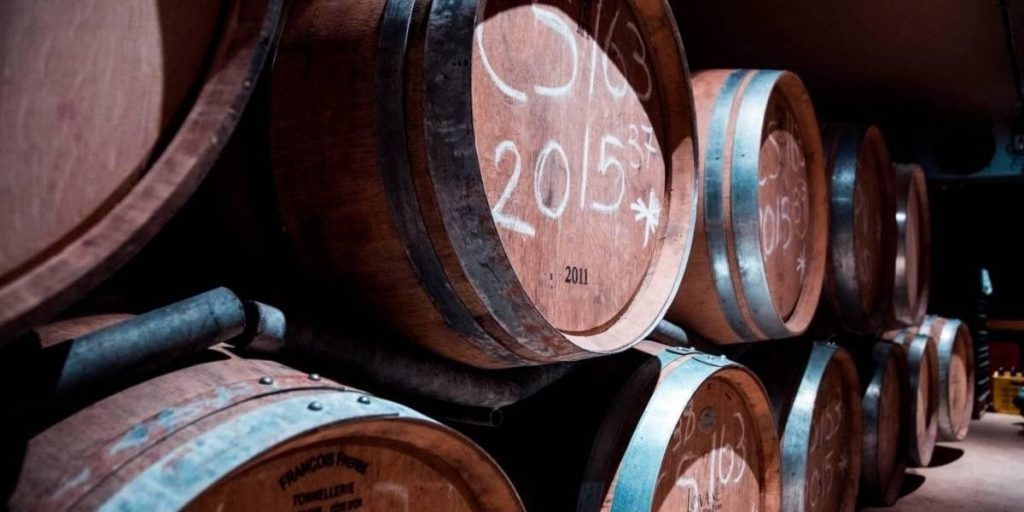The Difference Between Beer and Wine Production

Though there are similarities between wine and beer production, there are also some differences. The first and most obvious difference is that beer is made with grains, and by extension, whiskey is therefore made with grains. Wine is made with fruit. Therefore, Brandy is made with fruit.
The most common denominator here is that either beer or wine requires the introduction of yeast in order to convert any available sugars in the crushed fruit or converted grains. Yeast is a single-cell organism found in nature. Many yeast strains can be found in fruit trees and other forms of crops that are harvested. Yeast eats sugars and starches for energy and in turn, expel CO2 and alcohol.
A great example of this in nature that many of you may have seen is an old wildlife documentary that shows wild animals consuming Marula fruit that has fallen off the trees and naturally fermented to produce some alcohol from the sugar contained within the Marula fruit. Well, the animals quickly became intoxicated, and their resulting behavior was hilarious (and all too familiar)! If you have never seen it, just Google “elephants get drunk”. It is a great laugh and also a great example of how alcohol is naturally produced in the wilds of nature.
Details About the Fermentation of Beer and Wine
So, at the basic level beer and wine production are essentially the same.
The differences between the two are that the pressed juice from the fruit has sugars (sucrose and fructose) that are immediately available for fermentation. So much so that winemakers often add sulfur dioxide in order to minimize the competitive environment and the risk that unwanted bacteria can take over and contaminate the wine. This process helps ensure a preferable flavor profile with consistent results.
With beer production, the grains must be milled in order to expose an optimal amount of starchy surface area, then go through a cooking process in order to convert the starches contained within the grains into sugars that the yeast can eat. Once the wort (unfermented beer) has been prepared, the mixture is then boiled to ensure any unwanted bacteria has been neutralized. Again, this ensures a preferable flavor profile with consistent results.
There are other differences between beer and wine production that are far more nuanced and have much more to do with the vintner or the brewer making an attempt at crafting a finished product that has an atypical flavor profile. Classic examples that come to mind are the popular “sour” beers, whereby the brewer intentionally infects the wort with a specific organism in order to impart additional complexity to the finished product. On the wine side, the “rancio” style wines come to mind. This is a technique where the vintner ages the wine in order to actually promote oxidation.
In both of these (beer and wine) examples, either of these nuanced techniques could be considered as promoting an actual flaw in the finished product. It is the skill and creativity of the vintner and the brewer that helps create these outlier beverages that can sometimes be lesser known to the larger wine and beer drinking cross-section of the population but are thoroughly enjoyed by consumers that want more layers, or more complexity in their beer or wine.
Beer vs Wine Production
Ultimately, the baseline difference is that beer is made from grains, and wine is made from fruit. The only caveat to that terminology is that rum/rhum being a product of sugar cane is often referred to as rum/rhum beer prior to distillation.
But that is another topic for a different discussion that we will get to soon enough.